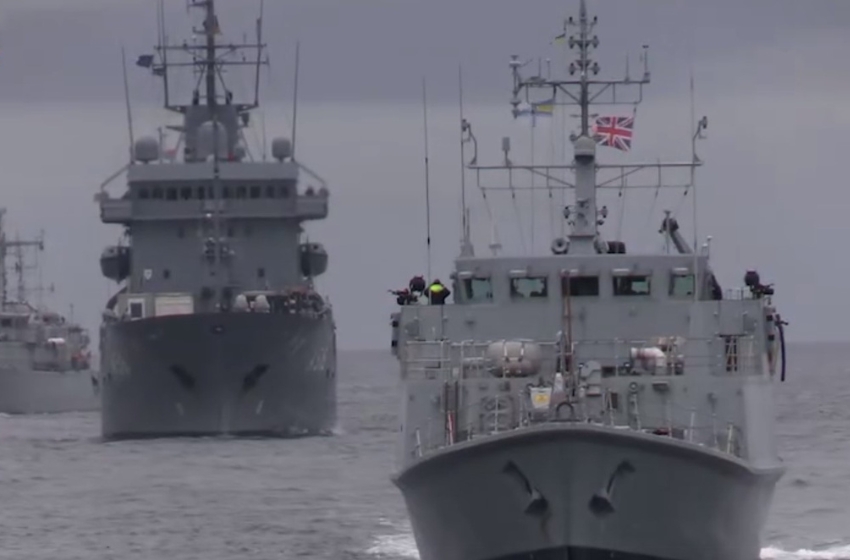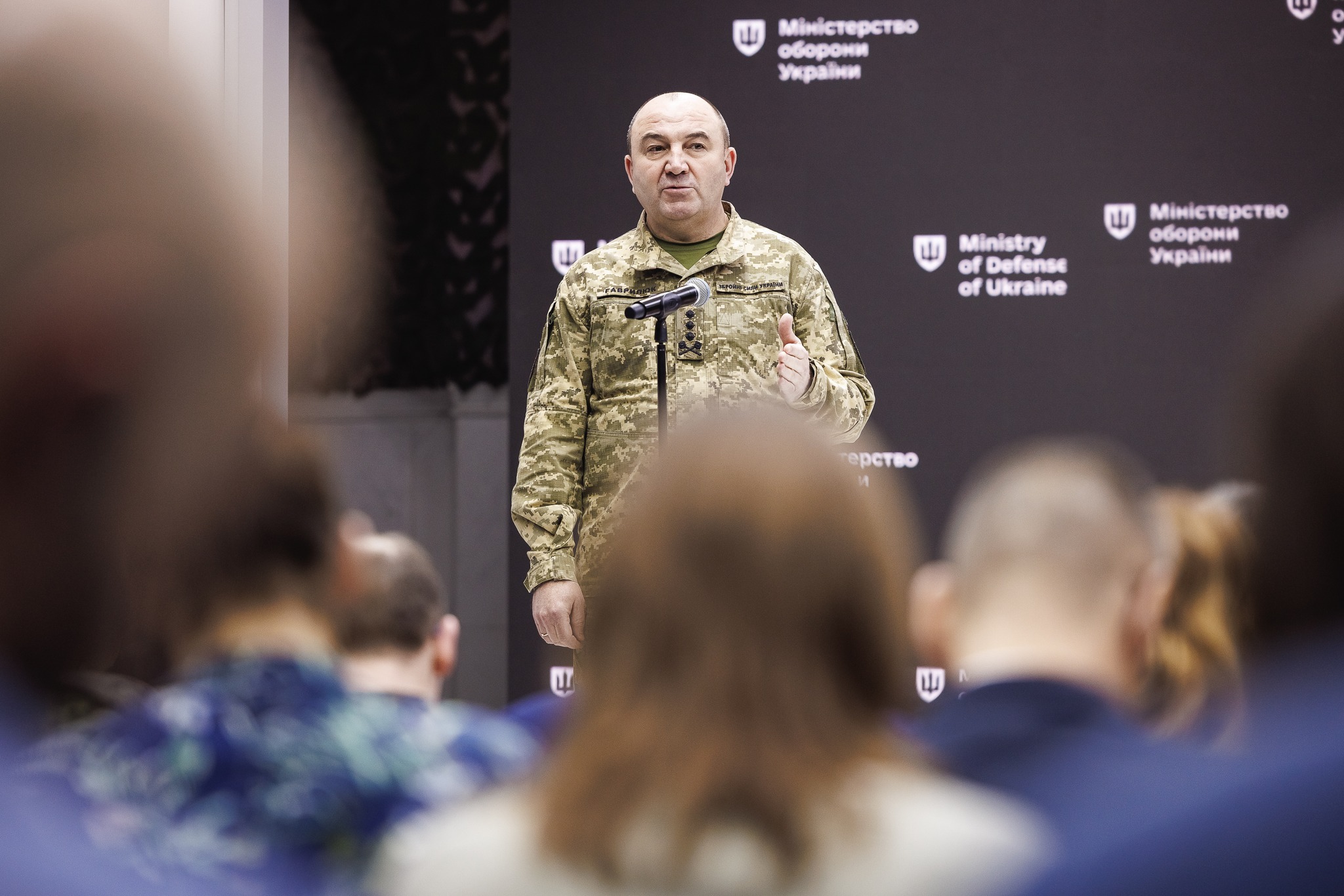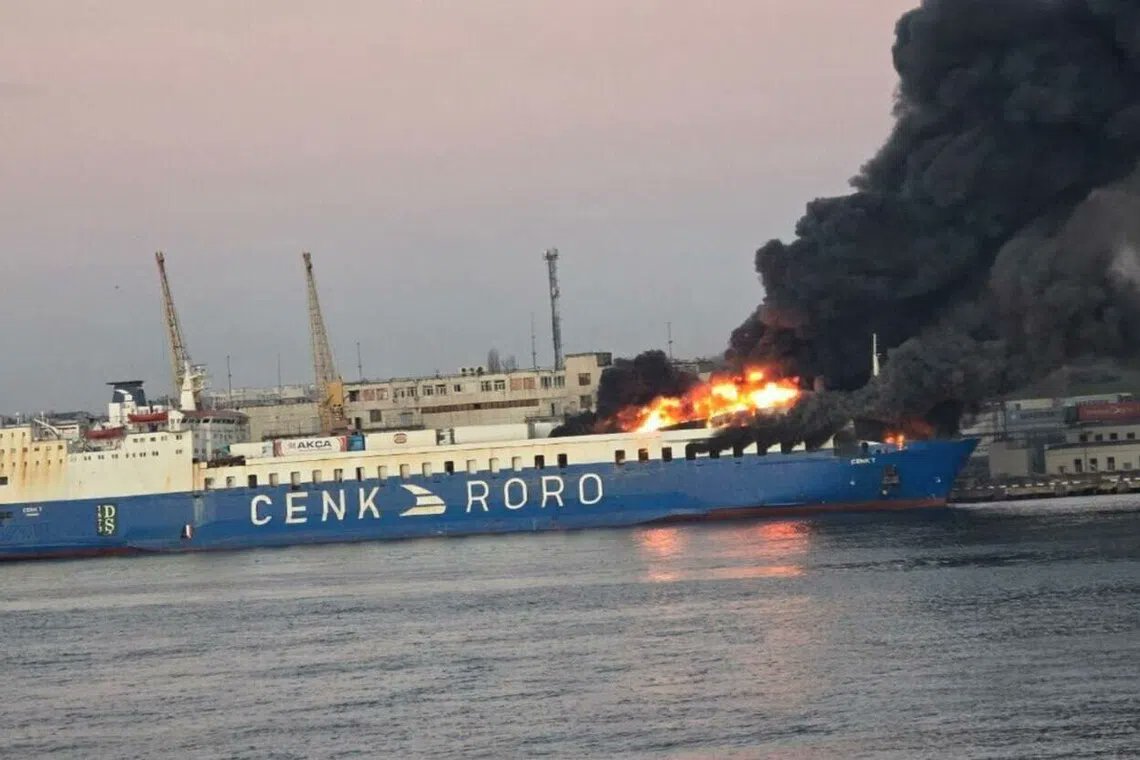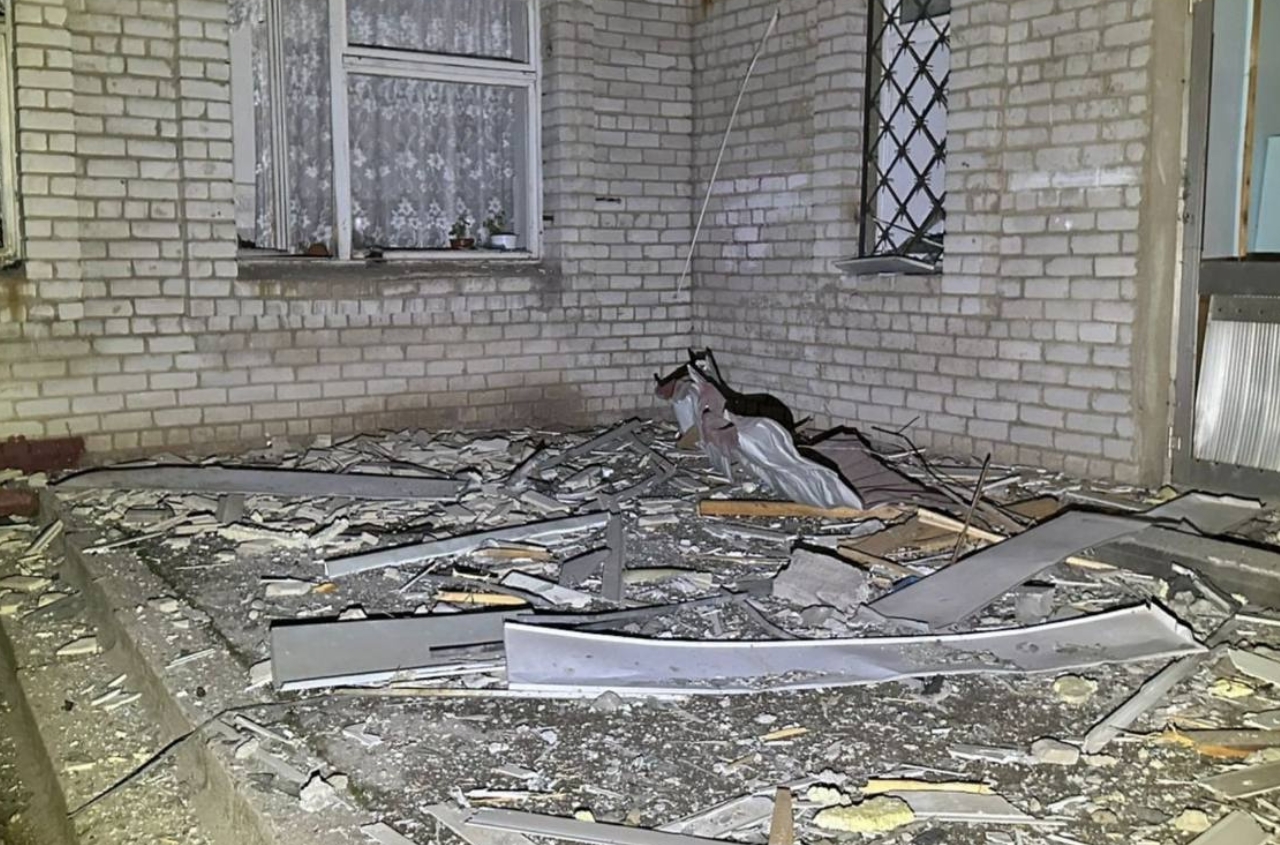Ukrainian mine countermeasure ships 'Cherkasy' and 'Chernihiv' have been assessed for interoperability with NATO procedures and standards, becoming the first to receive such an evaluation since the start of Russia’s full-scale invasion.
This was reported by the Ukrainian Navy.
According to the military, the 'Cherkasy' and 'Chernihiv' minehunters—previously provided to Ukraine by the United Kingdom—have successfully completed the NATO Level 1 Evaluation (NEL1).
"The crews will now undergo NATO Level 2 Evaluation (NEL2), after which they will be eligible to participate in multinational NATO operations and missions," the Ukrainian Navy stated.

The command emphasized that in today's security environment, this process is crucial for integrating Ukrainian units into NATO standards, ensuring a high level of readiness and effectiveness.
"One of the key mechanisms of such a partnership is NATO's Operational Capabilities Concept Evaluation and Feedback Programme," the Navy explained.
This program's primary goal is to practically assess the readiness of partner nations' armed forces for joint participation in NATO operations.
"Participation in this programme enhances the combat capability of the Ukrainian Armed Forces and their integration into NATO's collective security system," the statement added.
The Sandown-class warships, formerly known as HMS Grimsby and HMS Shoreham, were decommissioned from the Royal Navy and transferred to the Ukrainian military in 2024, where they were renamed 'Cherkasy' and 'Chernihiv'.
Each vessel, having served in the Royal Navy for over 20 years, previously arrived at the Portsmouth Naval Base after sailing from Scotland.
However, due to the Montreux Convention, which restricts the passage of military vessels through the Bosphorus Strait during wartime, these ships currently cannot enter the Black Sea.





















